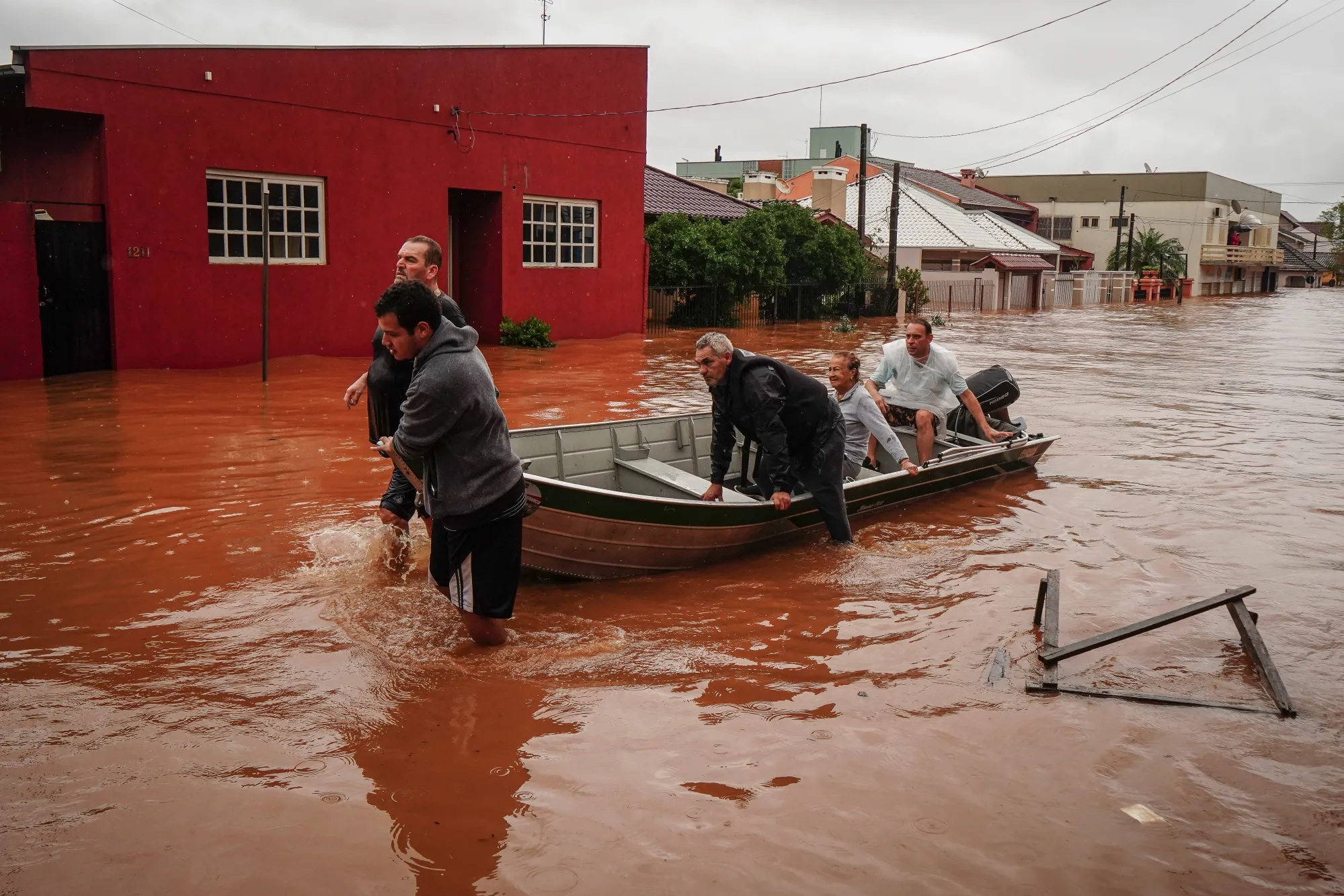Heavy rainfall has wreaked havoc in Brazil’s southernmost state of Rio Grande do Sul, resulting in a devastating death toll of 37 people, as reported by local authorities on Friday. Unfortunately, this grim count is expected to rise as more than 70 individuals remain unaccounted for in the aftermath of the destructive downpour. The relentless rains have forced over 23,000 residents to flee their homes, creating a state of displacement in the region bordering Uruguay and Argentina. Nearly half of Rio Grande do Sul’s 497 cities have been adversely affected, with streets resembling flowing rivers and infrastructure crumbling under the deluge. In addition to widespread flooding, the tempest has triggered landslides and inflicted damage on a hydroelectric power plant’s dam structure, leading to its partial collapse. Compounding the crisis, authorities in the city of Bento Goncalves have issued evacuation orders due to the precarious condition of a second dam, raising fears of further catastrophe. Geographically positioned at the confluence of tropical and polar atmospheres, Rio Grande do Sul experiences erratic weather patterns characterized by alternating periods of intense rainfall and prolonged drought. Local scientists attribute the intensification of these patterns to the overarching effects of climate change. This catastrophic event comes on the heels of similar devastation last September, when an extratropical cyclone unleashed floods claiming over 50 lives. Prior to this, the state endured more than two years of relentless drought induced by the La Nina phenomenon, resulting in parched landscapes and limited rainfall. Governor Eduardo Leite of Rio Grande do Sul, addressing the severity of the situation, labeled it as perhaps the most critical in the state’s history. Hindered by impassable conditions, authorities anticipate the death toll to escalate further as rescue efforts continue. President Luiz Inacio Lula da Silva visited the afflicted areas on Thursday to assess the situation firsthand and coordinate rescue operations with state officials. However, amidst the devastation and uncertainty, the resilience of the affected communities remains a beacon of hope in the face of adversity.


















